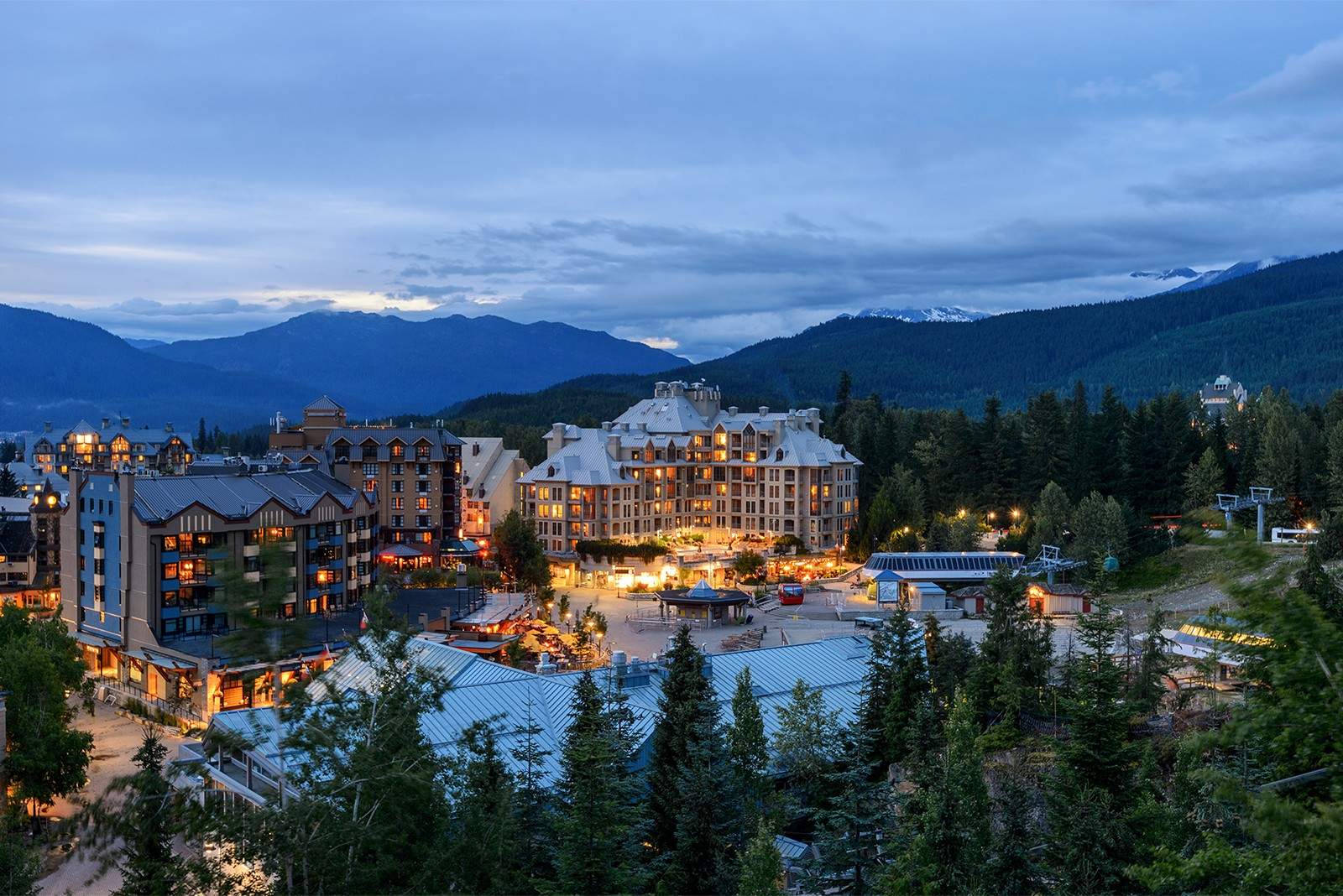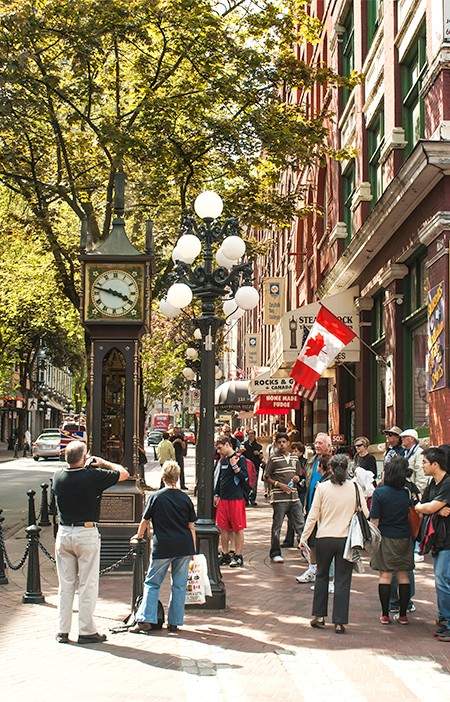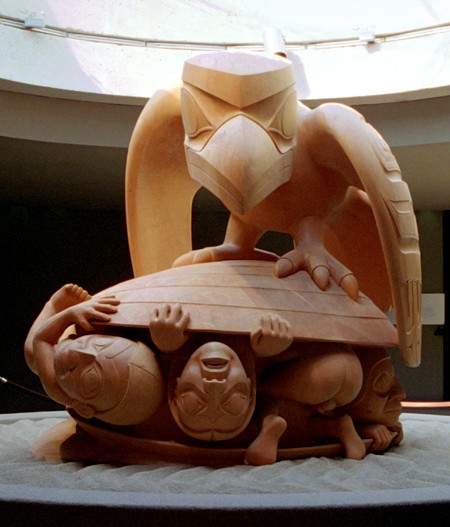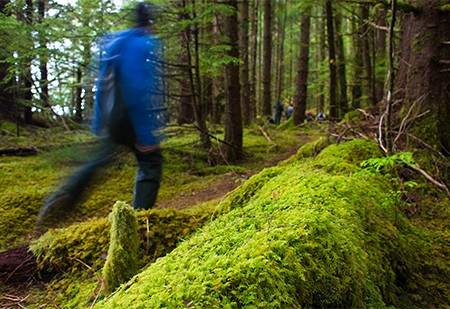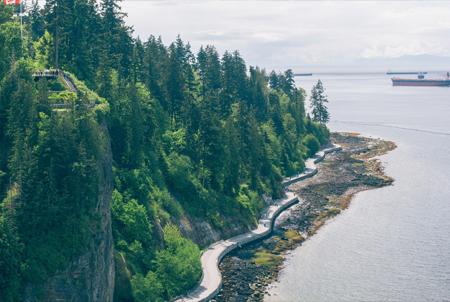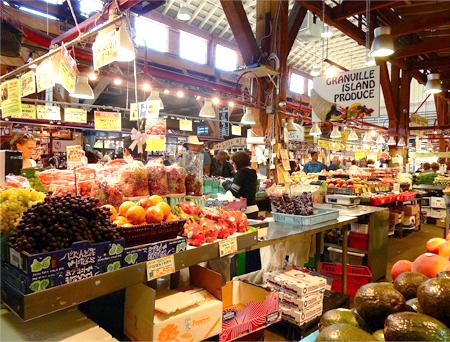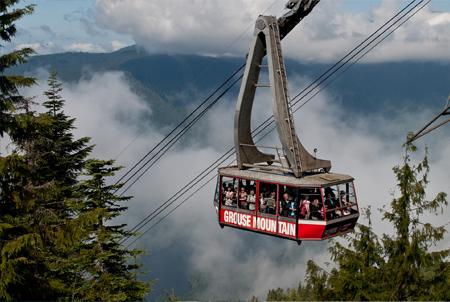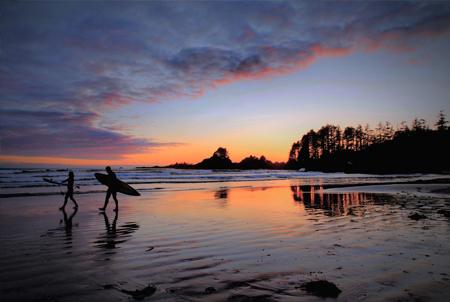Chapter
No
British Columbia Tourism Information
Why Visit British Columbia?
British Columbia is the most-visited part of Canada, and tourism is the province’s second-biggest industry. Home to the country’s most ample concentration of stereotypical Canadian natural beauty as well as the thoroughly modern oceanside city of Vancouver, British Columbia has long been one of the Pacific Northwest’s leading vacation destinations.
Orientation
The vast majority of British Columbia’s most popular tourist destinations are found in or around the city of Vancouver, which is located on a peninsula in the province’s southwestern corner, surrounded by the Pacific Ocean. From there, the cities of Victoria and Whistler are relatively easy to visit and leave within the same day. The rest of British Columbia, often called the interior, is largely rural, and is visited mostly by tourists interested in camping or other outdoor activities.
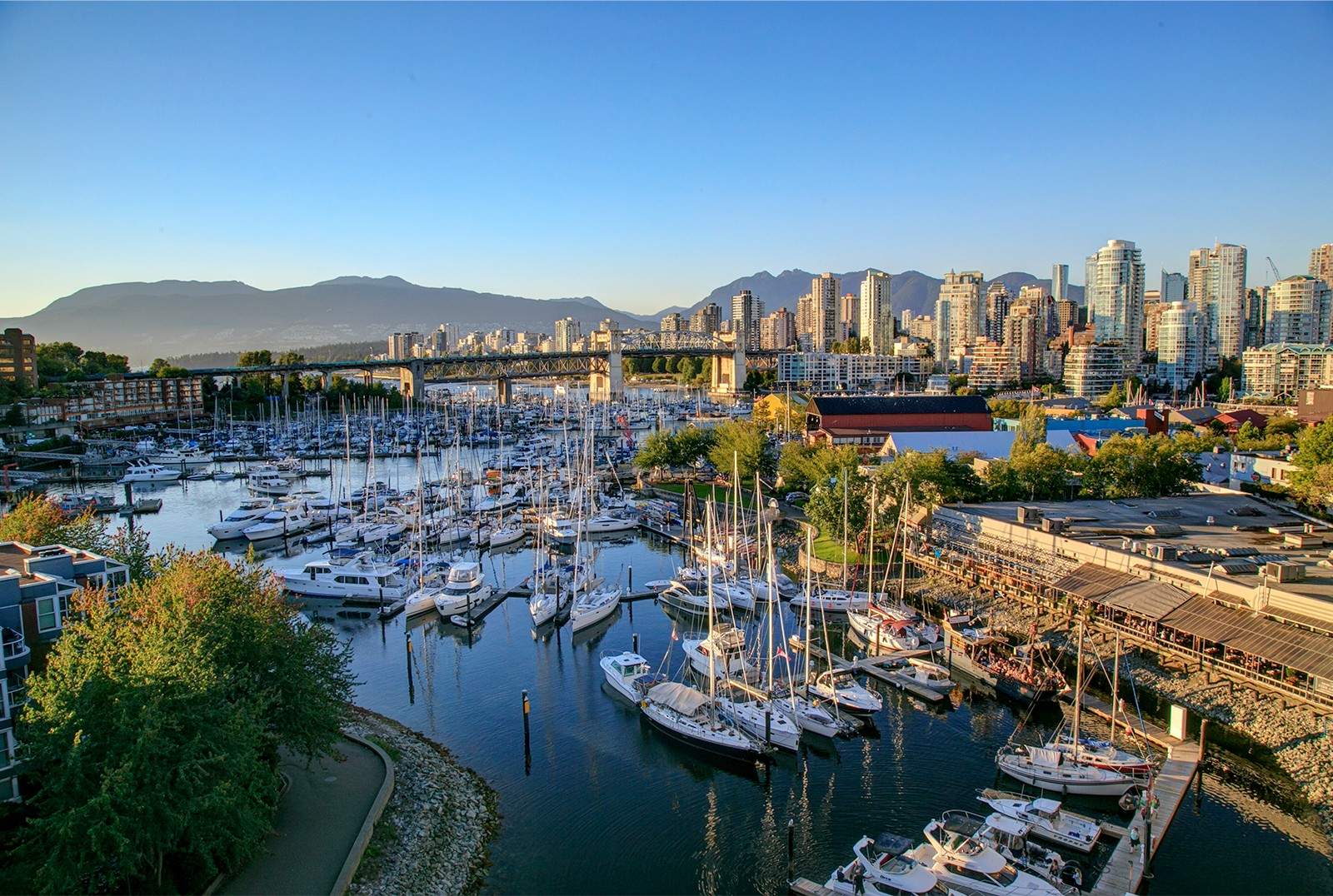
A view of Granville Island and False Creek.
James Chen/Shutterstock
Vancouver Tourism
Sights
Vancouver is located on the tip of a peninsula that is fairly small geographically, but quite dense with buildings and people. The False Creek inlet and a couple of bridges separate the northern downtown core from the more residential south. The Lion’s Gate Bridge is attached to the peninsula’s north, and leads to North Vancouver, which is a completely separate city associated mostly with higher-end real estate and the waterfront Lonsdale Quay Market.
Famed Vancouver landmarks include B.C. Place, a sports arena with a state-of-the-art retractable roof, the Vancouver Public Library, which was designed to resemble Rome’s famous coliseum, Canada Place, a convention centre and cruise ship port topped with a distinctive white sail roof, and the Harbour Centre building, which is one of those very tall buildings many large cities seem to have offering amazing panoramic views and a revolving restaurant at the top. There are a couple visible remnants of Vancouver’s stint hosting the 2010 Winter Olympics, most notably the giant snowflake-like Olympic Cauldron.
Stanley Park is one of the world’s biggest parks and is located on a peninsula on the edge of downtown. It’s home to a collection of totem poles and the large and modern Vancouver Aquarium. Circling the park’s perimeter on a route known as the Seawall is popular with walkers, joggers, and cyclists.
A free downtown shuttle brings visitors to the expensive Capilano Suspension Bridge Park, a popular tourist attraction that centres around a 450-foot suspension bridge over the Capilano River as well as a newer glass bridge “cliffwalk” and other forest-themed attractions.
Shopping
Robson Street remains Vancouver’s most fashionable shopping area, though two enormous — and very pricy — department stores, Nordstrom and Holt Renfrew, offer strong competition. The two are conjoined by a small mall known as Pacific Center. The small and pretty marina-adjacent Granville Island Public Market is home to a lively marketplace of fresh fish, produce, baked goods, and candy, as well as some artisanal shops.
A half-hour drive from Vancouver brings you to Metropolis at Metrotown, the largest mall in British Columbia.
Nightlife
Granville Street is the city’s main bar and club district and contains Vancouver’s most popular live music venues. The area in and around the historic Gastown district (see above) is also home to several bars and clubs and becomes a hub of activity after dark. Davie Street is the gay area.
Museums and Galleries
The Vancouver Art Gallery sits in a refurbished downtown courthouse and is devoted primarily to traveling exhibits from around the world. It’s best known for containing a permanent collection of paintings by Emily Carr (1871-1945), British Columbia’s most famous landscape artist.
A half-hour drive outside the downtown core located on the sprawling, wooded campus of the University of British Columbia, the Museum of Anthropology is the city’s most famous museum, best known for its extensive collection of art and sculptures by the aboriginal peoples of North America’s west coast.
Telus World of Science is an iconic ball-shaped structure housing a mostly child-centric interactive museum of science, as well as an IMAX theatre.
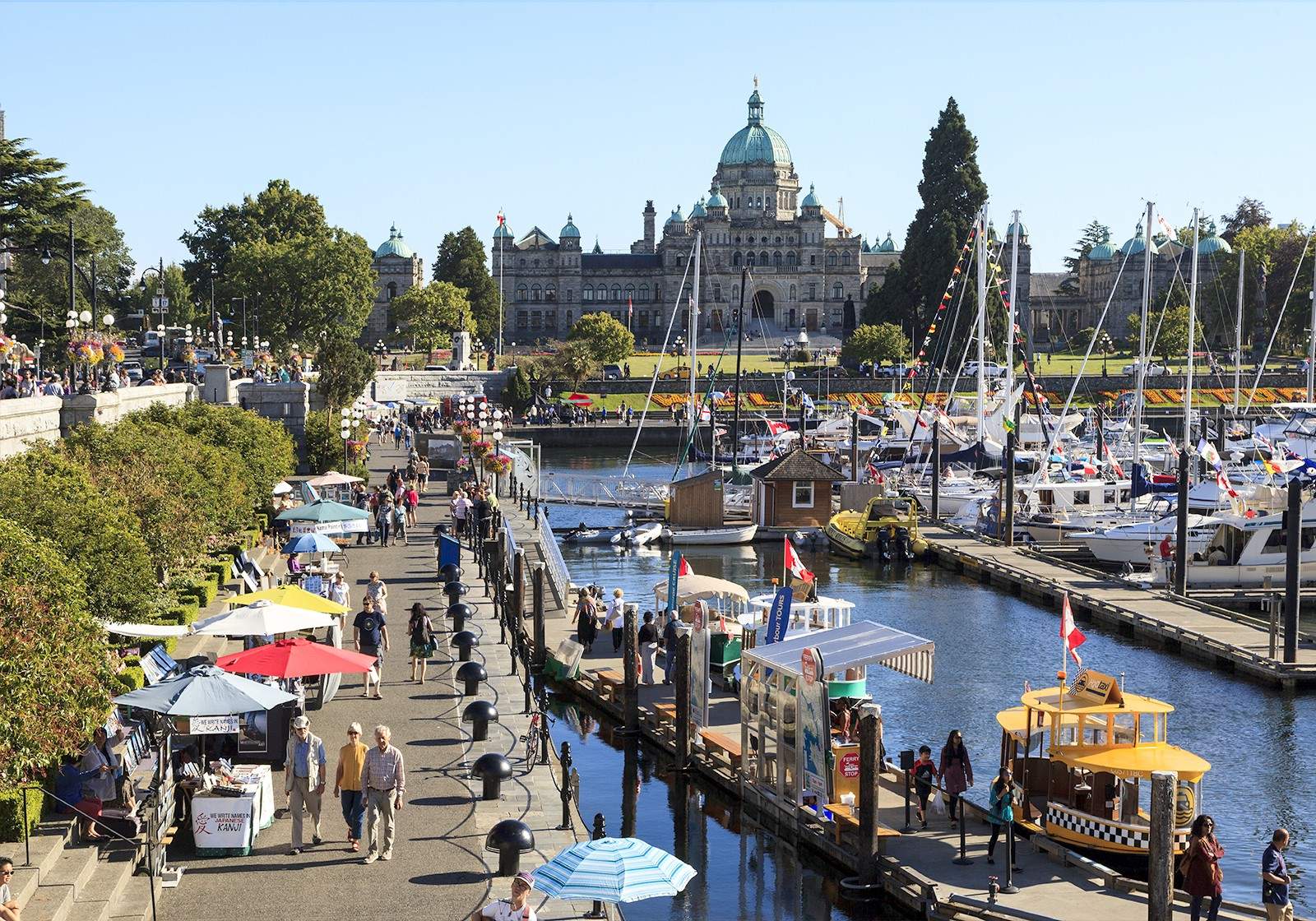
Victoria's Inner Harbour with the B.C. Legislature looming in the background.
GTS Productions/Shutterstock
B.C. Tourism Outside Vancouver
The city of Victoria is located on the confusingly-named Vancouver Island, which is actually nowhere near Vancouver proper (leading many tourists to call it “Victoria Island” instead). Only accessible as a day trip, getting there from downtown requires a long drive and ferry ride to reach the Island, followed by another long drive from the Island’s harbour to Victoria itself. The city has plenty of distinctive 19th century architecture, particularly the grand Empress Hotel and British Columbia Parliament Buildings. The Royal B.C. Museum is considered the province’s best. A half-hour drive north of Victoria are the Butchart Gardens, an enormous flower garden located in an abandoned quarry pit.
The west coast of the Island contains smaller communities known for natural beauty, beaches, and a laid-back way of life. The small coastal city of Tofino is the most popular hotspot, and is a much-loved destination for surfers.
The Haidi Gwaii islands are located about 300 kilometres north of Vancouver Island, close to the Alaska Panhandle. Extremely remote, the “Galapagos of the North” can only be accessed by several hours of plane or ferry travel, but are home to more exotic nature, wildlife, and aboriginal ruins than anywhere else in the province.
B.C. Mountains
B.C. is known primarily to tourists for its mountains, though different ones offer different appeals. The province’s preeminent ski resort is based around the twin peaks of Whistler Blackcomb, with top-end hotels, restaurants, bars, nightlife, shopping, and — of course — some of the world’s best slopes. During the winter months it becomes a boisterous hive of young tourists from all over the world.
Cypress Mountain is a smaller resort located closer to Vancouver, and is a more family-friendly destination lacking the Whistler party scene. Grouse Mountain is even smaller, and is a particularly popular destination during the non-winter months thanks to various summer attractions, including ziplines and lumberjack competitions, and is popular with hikers who enjoy attempting the gruelling “Grouse Grind.”
